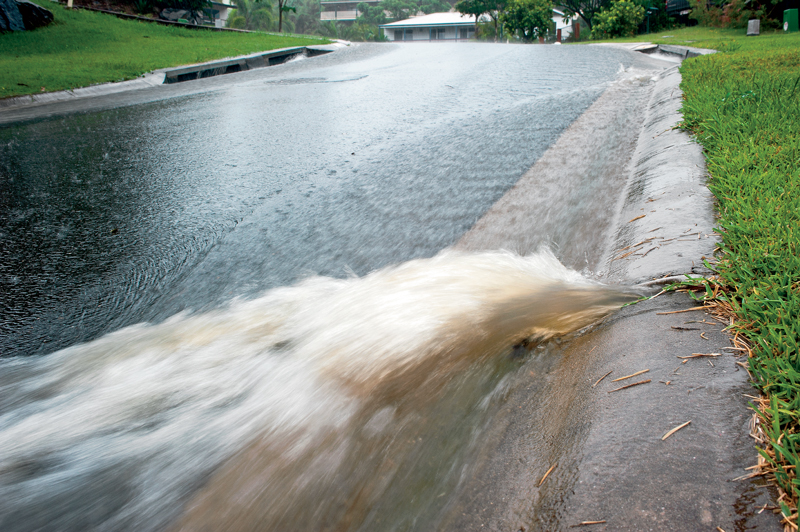Storm Protection—Are You Covered Against the Summer Storms By Your Homeowners Insurance?
By Gail Osten
July 2013 View more Finance
 My basement is a mess, but no problem because my homeowners insurance will cover it. These, unfortunately, were the words of my soon-to-be-unpleasantly-surprised cousin, who learned the hard way about the importance of knowing your homeowners coverage intimately. I’ll call him Mr. No Problem (“NP” for short).
My basement is a mess, but no problem because my homeowners insurance will cover it. These, unfortunately, were the words of my soon-to-be-unpleasantly-surprised cousin, who learned the hard way about the importance of knowing your homeowners coverage intimately. I’ll call him Mr. No Problem (“NP” for short).
Here’s the rest of the story. NP and his wife returned home in the midst of a flash flood one evening about five years ago to find a half-foot of water in the basement. NP contacted his insurance agent, an old high school buddy, only to learn that he had no homeowners insurance coverage for water back-up. High school friend or not, NP was aggravated that his agent didn’t recommend, or explain why he might need expanded coverage for this type of event. It was a very expensive lesson.
Gaps in Coverage
Just a few months ago in late April, suburban Chicago received six to seven inches of rain in a matter of hours, making April Chicago’s wettest month for rainfall in 143 years. Chances are that many suburban homeowners learned, like NP, that this is one of the most common gaps in insurance coverage.
According to Terry Paciorka, with Farmers Insurance Group in Naperville, if you experience a power outage, sump pump failure, or if the sewer backs up into your basement, there is no coverage without this endorsement.
“Even those with an unfinished basement should consider adding some coverage for their furnace, water heater, or other appliances that could be ruined by sewer back-up,” says Paciorka.
After NP experienced his homeowner’s insurance shortfall several years back, he was prepared with coverage when his basement took another hit this past April—a quarterly premium he says is “well worth the cost. It’s pretty inexpensive considering the cost of re-doing a basement.”
Storm Damage
Wind and hail claims can create similar problems for homeowners. About a year ago, on June 29, Chicagoland experienced a round of severe weather. What most believed was a tornado was actually a “derecho” which swept across the country and Chicago, leaving nearly five million households without power, serious tree damage, and roofs that were ripped off by 60 to 100 mph winds.
Dissecting Deductibles
Some insurance companies, says Paciorka, impose limitations on older roofs and may only pay the roof’s depreciated value, not a replacement cost. He also warns that some companies offer higher split deductibles for wind and hail losses. This means that a homeowner who believes that he or she has a $500 deductible, for example, is sadly mistaken. That deductible can mount to $1,000 or $2,000, or even constitute a percentage of the value of the home for wind and hail coverage. A $500,000 home might have a one or two percent deductible, leaving the homeowner with an out-of-pocket expense for the first $5,000 to $10,000.
For those who think this cannot happen to them because storms will only wreak havoc occasionally, should know that so-called “100-year weather events” are misnomers. With world climate changes, we are seeing more frequent extreme weather events. There can be a 100-year storm in an hour, day, or extended period.
With storm season in full force, it’s time to review what is in your homeowners policy. Read it from top to bottom, and have an honest discussion with your insurance agent about exclusions to coverage. In some cases, your insurance company will have separate add-on attachments to your policy. If not, ask your agent where to buy specialized insurance. For risks that can’t be insured, analyze how you will financially cover those risks if they should happen.


